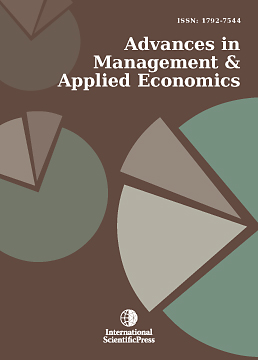Advances in Management and Applied Economics
Liquidity in State-owned Banks: what matters the most
-
 [ Download ]
[ Download ]
- Times downloaded: 717
Abstract
This study inspects the factors affecting liquidity of the state-owned banks in Bangladesh from 2013 to 2022, concentrating on the impact of bank size, non-performing loans, capital adequacy ratio, cost-to-income ratio, return on equity, and cash reserve ratio. We have constructed panel data and conducted linear regression where non-performing banks' liquid assets (lnLIQ) are the dependent variable. To check the robustness of the study, we used another liquidity proxy, the current ratio (CRO). The results propose a positive relationship between bank size and liquidity, indicating that larger banks are inclined to hold more liquidity, potentially due to their capacity to access various funding sources. Non-performing loans (NPL) negatively impact liquidity, as banks with higher NPLs face increased credit risk, which compels them to allocate more resources to cover loan losses, reducing liquidity. The capital adequacy ratio (CAR) is positively related to liquidity with statistical significance, whereas the cost-to-income ratio (CIR) has a negative relationship. The outcomes indicate that higher capital reserves create liquidity buffers to manage financial risks, while higher operational costs reduce liquidity. The study provides insight into how to deal with operational efficiency and manage liquidity in state-owned banks in Bangladesh. This may help policymakers make prudent decisions on regulations and implement them successfully in the state-owned banks of Bangladesh.
JEL classification numbers: G21, C33, E44.
Keywords: Bank liquidity, Efficiency, Non-performing loans, State-owned, Current ratio.
